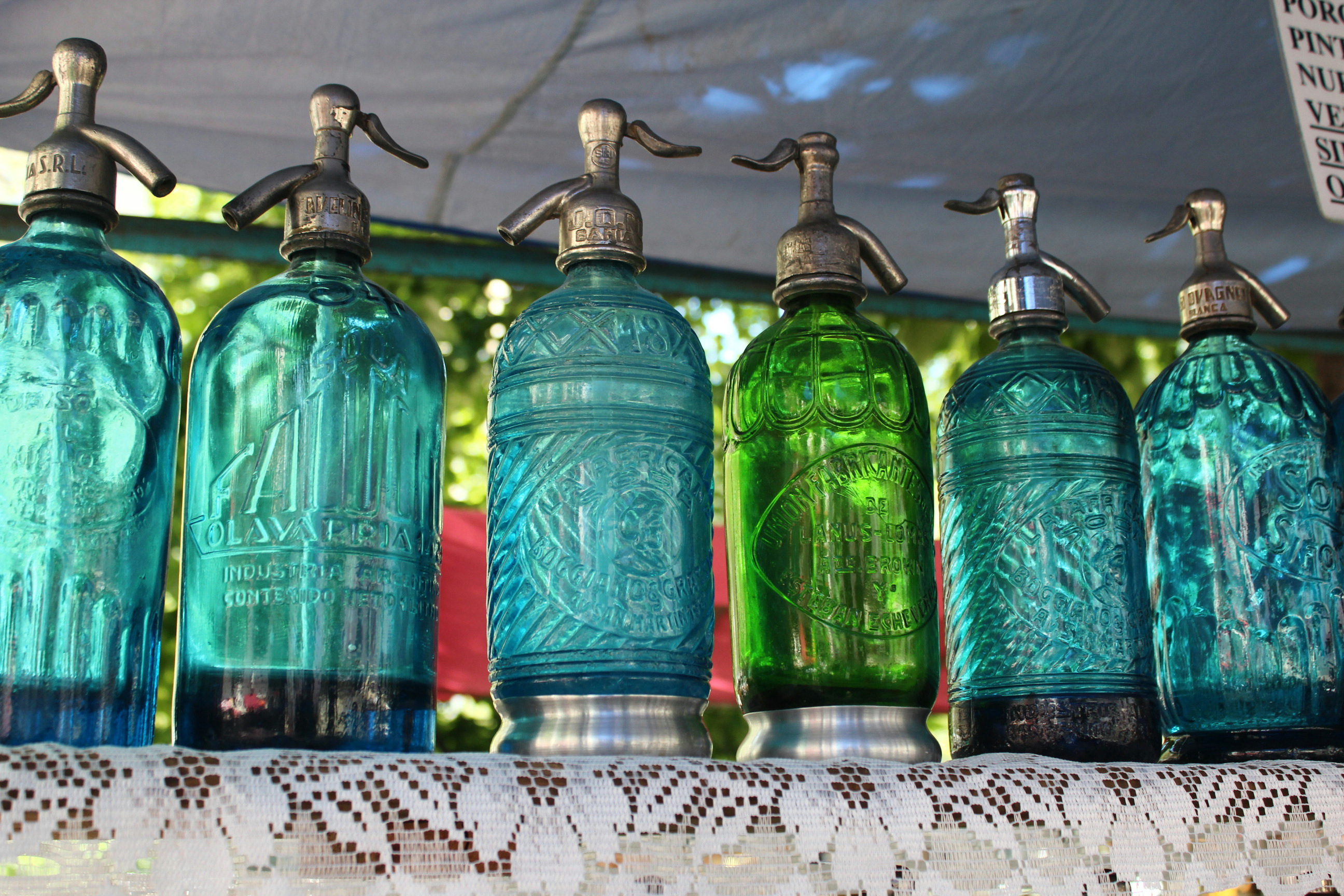Soda water has been around for 252 years as of writing this in May, 2019. Joseph Priestley discovered the magic of carbonated water when he suspended a bowl of water over fermenting beer. His process captured and infused the water with the carbon dioxide, creating carbonated water . While Priestley was in England, a Swedish chemist and mineralogist, Torbern Bergman, was attempting to recreate the natural, effervescent springs that were thought to bring good health in order to increase his own health. By 1798 the phrase “soda water” was already part of our vocabulary.
How, exactly, did they carbonate the water?

As noted, Priestley suspended a bowl of water over fermenting beer. The carbon would seep into the water, infusing the two together. This wasn’t the best way, though, and certainly not the way most people put CO2 in their drinks. They would dissolve carbonic acid in water, giving it that sharp, effervescent quality. Later on the soda syphon was brought on the scene. These were beautiful glass bottle filled with water. A tank full of compressed carbon dioxide gas was attached to it, so the plain seltzer water could be created with ease. Then, flavours could be added to make the drink more palatable or even crafted to attend to a specific health reason.
Now, it’s common to inject pressurised carbon dioxide into the soda water. It’s cleaner and more efficient for making many bottles of carbonated beverages at once. While you could buy a countertop model that is similar to the soda syphon, you could go a few steps further with Richard Kinch’s very thorough article on how to make your own set up at home using a tank of pressurised carbon dioxide, a gas regulator, and some hoses .
Since it’s no longer a health fix, explore the science of carbonation.
It might have been at one point in time seltzer and mineral waters were considered a health treat. With all the sugars we add to our carbonated beverages today, it’s hard to say that’s the case. Instead, doctors often make the recommendation to stay away from sodas, making them an occasional treat.
That doesn’t mean that these fun little bubbles don’t delight. Have you ever seen what happens when you add a teaspoon of play sand to small glass of soda? You should try it.
Try this and more with our carbonation lab. We designed it to have elements for all age groups. At it’s inaugural run at a homeschool explorers group, 5 year olds were able to help make observations and take the temperature of the soda while middle school aged students were able to tackle the entire lab. Delve deeper into the science of exothermic and endothermic, as well as designing experiments with high school students. Every single supply in the list can easily be found either at your local grocery store or online.
Easy peasy. And, best of all, it’s freely available in our resource library.
